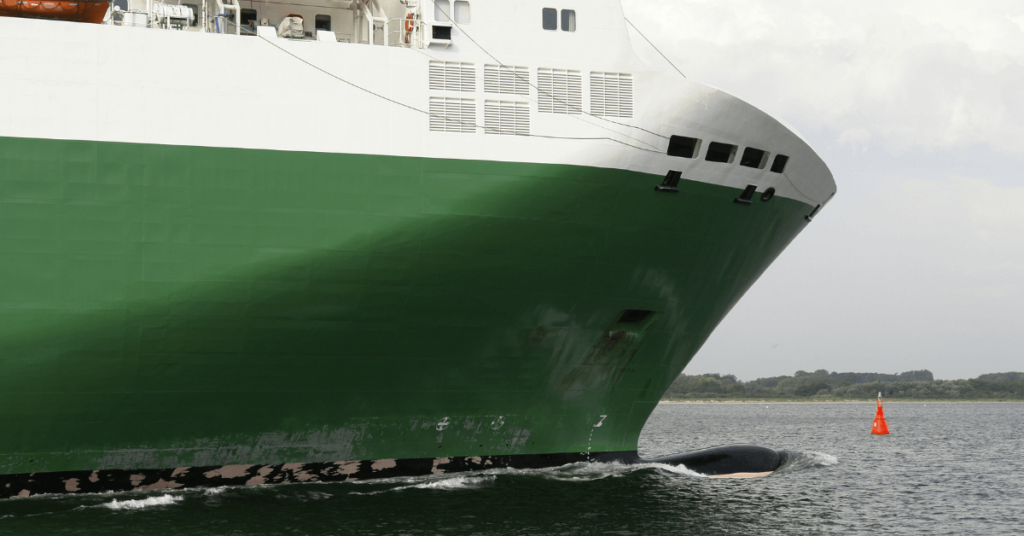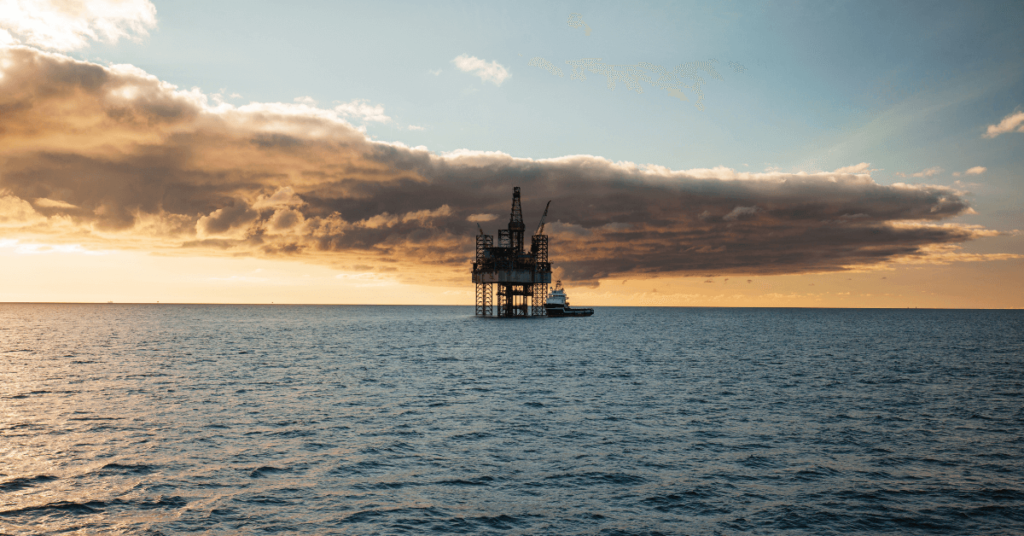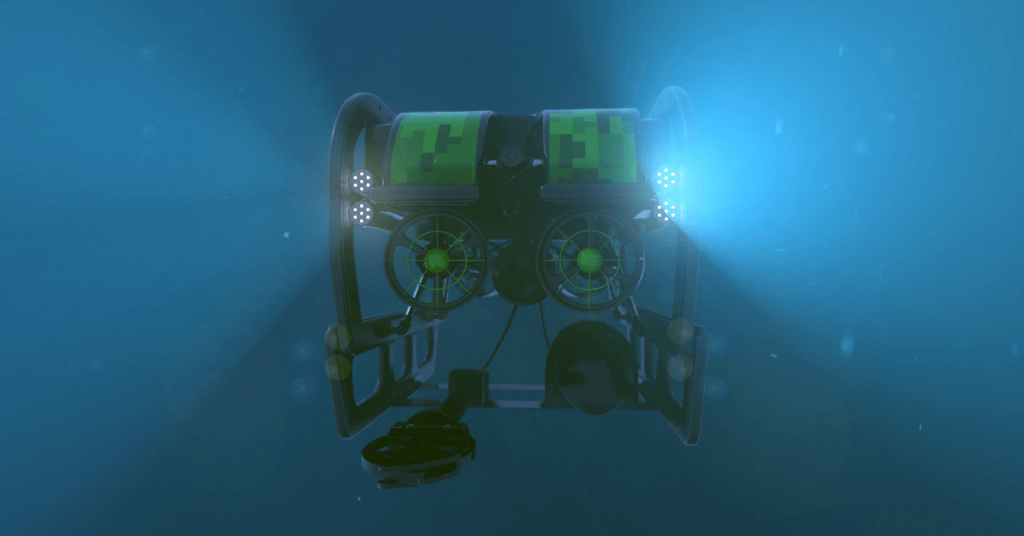Top 10 Mining Ships in the World
Deep-sea mining involves the extraction of valuable minerals from the ocean or sea floor with the help of sophisticated ships custom-built for this purpose.
The mining vessels have specialised equipment and onboard systems, even ROVs, for mining or drilling underwater, mapping the sea bed, collecting samples and gathering data.
Some mining vessels extract diamonds off the coast of South Africa, while others look for copper, silver, gold, etc., which are used in making batteries for electric vehicles and other renewable technologies.
In this article, let us look at the Top 10 Mining Vessels in the World.
1. Nautilus New Era
It is the first seabed mining vessel in the world, built by China’s Fujian Mawei Shipbuilding for Marine Assets Corporation, Dubai.
The Mining Vessel, currently sailing under the Marshall Islands Flag, was to be chartered by the Canadian deep-sea mining and exploration company Nautilus Minerals.
They wanted the vessel to function as a marine base for their mining project, Solware-1, off Papua New Guinea. The project involved extracting copper and gold at a depth of 1600 m under the waters of the Bismarck Sea. However, the company went bankrupt in 2019.
SeaTech Solutions designed this vessel to function in even the harshest conditions. It has a dynamic positioning system and a moonpool, which can be used to deploy the riser and SSLP systems efficiently.

The vessel is 227 m long, 40 m wide and has a gross tonnage of 50,000. It can easily accommodate around 180 people and produce 31 M.W.
It has two main cranes and advanced equipment for mining operations fitted in the vessel’s lower deck.
Nautilus New Era has a powerful subsea pump, handling systems, riser and lifting system, ore storage, and cargo handling equipment to transfer ore to and from its hold to other ships.
It also has a bulk cutter and a collection machine, each weighing about 250 tonnes, operating at 1500 m water depth at 2.5 degrees Celsius. These machines are much more powerful than their land counterparts and function at very low temperatures to prevent excessive heating.
2. Hidden Gem
Allseas bought the Hidden Gem Mining Vessel, earlier a drill ship called Viktoria 10000, in 2020. The vessel measures 228 m lengthwise and 42 m breadthwise, has a gross tonnage of 60331, and has a deadweight of 61042.
She was constructed in 2010 and had the ideal configuration to be transformed into a mining vessel for transporting nodules from the ocean bed to the water’s surface. She can accommodate 200 people, and her reactivation began in Norway and ended in Rotterdam.
She will commence production for the Metals Company after completing her trials.

The vessel has been fitted with a system for collecting underwater minerals, mainly to procure polymetallic nodules containing significant amounts of manganese, cobalt, copper and nickel from the ocean bed.
These metals are vital for the construction of batteries for electric vehicles and also for the renewable energy sector.
It also boasts a collector vehicle constructed and designed at the company’s site in the Netherlands. This 12 m long collector can be deployed by a launch and recovery system. It can reach extreme water depths with tremendous pressure.
3. Mengxiang
The most advanced deep-sea mining vessel in the world, Mengxiang is known for its ability to reach the deepest underwater drilling depths.
It was constructed in China and launched last year in Guangzhou. Its ambitious mission is to drill through our planet’s crust, which is around 6000 m thick under the oceans.
For this, it has an unmatched capacity to drill 11,000 m below the surface of the sea, surpassing any other vessel.

Mengxiang successfully completed its first trial trip in the Pearl River Estuary in December 2023. It will be delivered this year and will be employed in ocean research projects.
This powerful ship is 179.8 m long, 32.8 m wide, and 33,000 tonnes in displacement. It can sail for four months continuously without needing to come onshore.
It has enough space for several labs and equipment. It also has a storage system and China’s first R.M.R. System, which decreases drilling’s environmental impact while improving efficiency.
The vessel has two operational modes for oil and gas exploration and scientific research.
4. MV Ya Toivo
This is Trans Hex Marine’s largest diamond mining ship. It is 149 m long and 24 m wide and uses more than 14,000 kW of electric power to run all onboard machinery and other equipment.
MV Ya Toivo is also among the world’s largest offshore mining ships.
She was constructed in 1984 and underwent conversion into a diamond mining ship in 2000. Since then, she has been refitted and upgraded several times to keep up with the most advanced maritime technologies.
Her role is to find diamonds from the seabed, and for this, she utilises a 280-tonne ROV that can drill to a 150-m depth. The ROV is operated from an onboard area through different sophisticated control systems.

The vessel can mine more than 1000 m2 in 60 minutes and send around 1600 tonnes of sand containing diamonds into the processing plant. It has powerful pumps to suck the sand and a strong jetting system that loosens the sediment easily.
The Remotely Operated Vehicle can stay underwater for over a week while working 24 hours without any halt.
In the processing plant, several machines separate diamonds from gravel and other debris, but ultimately, human hands do the rest of the job.
MV Ya Toivo can accommodate at least 90 people. When the ship is undertaking a mining operation, supply vessels or helicopters bring fuel, food, and other supplies to the vessel. Hence, it does not need to go to any port for provisions for over 12 months.
5. MV Mafuta
One of the most advanced diamond mining vessels, this ship is operated by De Beers, a diamond mining company, and sails under Namibia’s flag.
This diamond mining vessel operates on South Africa’s western coast and is often called Peace in Africa, as it offers another alternative to the illicit diamond trade or blood diamonds.
Her keel was laid in 1982, and she was launched in 1983. Built as a heavy-lift vessel, her L.O.A. was 169.5 m, and her width was 24.2 m. She had a drought of 8.9 m and could sail at 12.5 knots.
She was earlier called Dock Express 20. After being bought by De Beers in 2005, she was transformed into a diamond mining ship in a year. Her name was changed to MV Mufata in 2013.

She underwent several conversions and became a cable layer and then a dredger. In 2011, she operated off the Mamaqualand coast for mining diamonds.
After being converted into a diamond mining vessel, she had a 240-tonne crawler used for mining and an onboard recovery plant.
It could process 250 tonnes of water and gravel mixture every hour to look for diamonds, and it found around 60 diamonds in an hour.
Mafuta also appeared in a documentary on Discovery channel called Mighty Ships.
6. Benguela Gem
Designed in Poland and Norway and constructed in Romania, Benguela Gem is a $ 486 million vessel belonging to Debmarine Namibia.
It is considered the world’s most technologically advanced diamond recovery ship, with reliable safety and performance-enhancing systems.
The vessel’s dynamic positioning system manages its performance according to altering weather conditions, minimising energy use. It also has a heat recovery system that produces fresh water onboard the ship.

De Beers Group
The vessel also has entertainment systems, a gymnasium, a hospital and relaxation facilities for the crew. Capable of accomodating 106 people, it has an L.O.A. of 177 m and a beam of 27 m.
It has a helicopter deck and specialised features which one might not find in other vessels of her type.
Benguela Gem uses subsea crawling to get diamonds 90 to 150 m below sea level. Once onboard, the mixture containing diamonds is processed using sophisticated equipment to retrieve the purest diamonds.
According to sources, the company believes that the vessel will operate for at least three decades while adding about 500,000 carats of diamonds to its yearly production.
7. MV Gariep
This diamond mining vessel is also part of the De Beers Marine Namibia’s fleet of diamond mining vessels. It is currently sailing under the flag of Namibia and measures 113 m lengthwise and 24.56 m breadthwise.
In 2021, it underwent significant refits by Babock, which performed engineering and design work at Rosyth. This was necessary since Gariep’s equipment had become obsolete, and its active life had to be extended.

Its old engines were replaced with new ones from Wartsila, followed by new propulsion systems and generators. While De Beers had already chosen the equipment it wanted to be fitted to the vessel, Babock had to find ways to seamlessly integrate it within the ship’s design and existing structure.
Also, its HVAC, cable routings and other pipes were installed smoothly, which is an achievement considering that more than a kilometre of pipes had to be laid in a small space.
After the upgrade, MV Gariep has become safer and more environmentally friendly as it also reduces carbon emissions while working.
8. MV SS Nujoma
This diamond exploration and sampling vessel is 113 m long and 22 m wide. It operates off the Namibian coast and is highly specialised. It was constructed in Ulsteinvik, Norway, by Kleven Verft.
The U.S. $ 157 Million Nujoma can accommodate 80 people and weighs 12,000 tonnes.

Named after Namibia’s president, Dar Sam Nujoma, this vessel can take more extensive samples and gather more data than any other sampling vessel. It also works at double the speed of its counterparts, which makes it stand apart.
It also has a helideck and can remain at sea for three years. Nujoma was launched in 2016 and came to Cape Town to be fitted with Mission Equipment, including launch and recovery systems, sampling equipment and an onboard treatment plant. The plant specialises in processing minerals and is designed to reduce carbon footprint.
9. Fugro Voyager
This Geotechnological drilling vessel operates in the Asia-Pacific region for ocean research, surveys, sea bed mapping, mineral resource assessment, and other purposes.
The Research vessel is currently sailing under the Bahamas flag. It has an overall length of 82.9 m and a breadth of 21.8 m.

It has a drilling derrick in the centre of the vessel that overlooks the moon pool. For safety reasons, it also has an automated tool-handling system. It has sea bed sampling systems and other equipment that can take samples at a water depth of 3000 m.
The vessel can accommodate up to 60 people and boasts a soil lab where technicians can work. It also has a gym, meeting room, and office for the crew members.
10. Debmar Pacific
This mining vessel is owned by De Beers Marine Namibia and currently sails under the Namibian flag. Her overall length is 137.01 m, and her beam is 21.95 m.
Debmar Pacific was constructed in 1977 by Levingston Shipbuilding, Orange, Texas, U.S.A. The American Bureau of Shipping classified it, and its homeport is Luderitz.

It was known by many other names, such as DeepSea Pacific in 1992 and Glomar Pacific in 1989.
It has a gross tonnage of 9048 tonnes and a deadweight of 6667 tonnes.
You might also like to read-
- What are Mining Ships?
- Mining Ship MV Peace in Africa: The Diamond Hunter
- Ocean Pollution – 6 Things That Make It Worse
- Top 10 Biggest Offshore Drilling Companies in the World

About Author
Zahra is an alumna of Miranda House, University of Delhi. She is an avid writer, possessing immaculate research and editing skills. Author of several academic papers, she has also worked as a freelance writer, producing many technical, creative and marketing pieces. A true aesthete at heart, she loves books a little more than anything else.
Disclaimer :
The information contained in this website is for general information purposes only. While we endeavour to keep the information up to date and correct, we make no representations or warranties of any kind, express or implied, about the completeness, accuracy, reliability, suitability or availability with respect to the website or the information, products, services, or related graphics contained on the website for any purpose. Any reliance you place on such information is therefore strictly at your own risk.
In no event will we be liable for any loss or damage including without limitation, indirect or consequential loss or damage, or any loss or damage whatsoever arising from loss of data or profits arising out of, or in connection with, the use of this website.
Do you have info to share with us ? Suggest a correction
Related Articles
Disclaimer :
The information contained in this website is for general information purposes only. While we endeavour to keep the information up to date and correct, we make no representations or warranties of any kind, express or implied, about the completeness, accuracy, reliability, suitability or availability with respect to the website or the information, products, services, or related graphics contained on the website for any purpose. Any reliance you place on such information is therefore strictly at your own risk.
Daily Maritime News, Straight To Your Inbox
Sign Up To Get Daily Newsletters
Join over 60k+ people who read our daily newsletters
By subscribing, you agree to our Privacy Policy and may receive occasional deal communications; you can unsubscribe anytime.





BE THE FIRST TO COMMENT